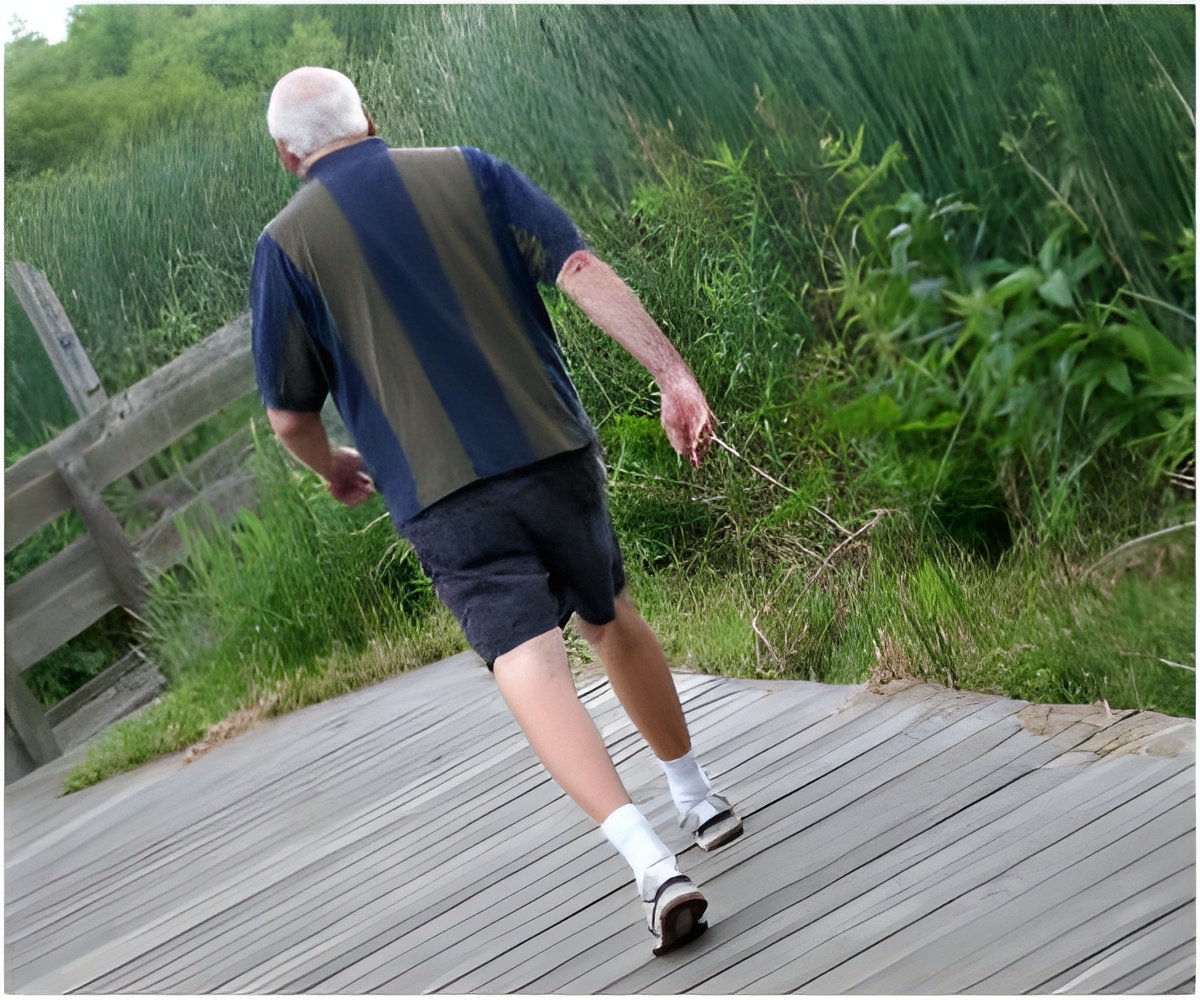
The Vanderbilt University's Center for Intelligent Mechatronics has several patents pending on the design and Parker Hannifin Corporation - a global leader in motion and control technologies - has signed an exclusive licensing agreement to develop a commercial version of the device, which it plans on introducing in 2014.
Until recently "wearable robots" were the stuff of science fiction. In the last 10 years, however, advances in robotics, microelectronics, battery and electric motor technologies advanced to the point where it has become practical to develop exoskeletons to aid people with disabilities.
In fact, two companies - Argo Medical Technologies Ltd. in Israel and Ekso Bionics in Berkeley, Calif. - have developed products of this type and are marketing them in the U.S.
These devices act like an external skeleton. They strap in tightly around the torso. Rigid supports are strapped to the legs and extend from the hip to the knee and from the knee to the foot. The hip and knee joints are driven by computer-controlled electric motors powered by advanced batteries.
Patients use the powered apparatus with walkers or forearm crutches to maintain their balance.
Advertisement
"If the person wearing it leans forward, he moves forward. If he leans back and holds that position for a few seconds, he sits down. When he is sitting down, if he leans forward and holds that position for a few seconds, then he stands up," Goldfarb said.
Advertisement
"This is an extremely exciting new technology," Clare Hartigan, a physical therapist at Shepherd Center who has worked with the Argo, Ekso and Vanderbilt devices, said.
"All three models get people up and walking, which is fantastic," Hartigan said.
According to Hartigan, just getting people out of their wheelchairs and getting their bodies upright regularly can pay major health dividends.
People who must rely on a wheelchair to move around can develop serious problems with their urinary, respiratory, cardiovascular and digestive systems, as well as getting osteoporosis, pressure sores, blood clots and other afflictions associated with lack of mobility.
The risk for developing these conditions can be reduced considerably by regularly standing, moving and exercising their lower limbs.
The Vanderbilt design has some unique characteristics that have led Hartigan and her colleagues at Shepherd Center to conclude that it has the most promise as a rehabilitative and home device.
None of the exoskeletons have been approved yet for home use but the Vanderbilt design has some intrinsic advantages. It has a modular design and is lighter and slimmer than the competition. As a result, it can provide its users with an unprecedented degree of independence.
Users will be able to transport the compact device on the back of their wheelchair. When they reach a location where they want to walk, they will be able to put on the exoskeleton by themselves without getting out of the wheelchair.
When they are done walking, they can sit back down in the same chair and take the device off or keep it on and propel the wheelchair to their next destination.
The Vanderbilt exoskeleton weighs about 27 pounds, nearly half the weight of the other models that weigh around 45 pounds. The other models are also bulkier so most users wearing them cannot fit into a standard-sized wheelchair.
"These new devices for walking are here and they are getting better and better. However, a person has to be physically fit to use them. They have to keep their weight below 220 pounds, develop adequate upper body strength to use a walker or forearm crutches and maintain flexibility in their shoulder, hip, knee and ankle joints ... which is not that easy when a person has relied on a wheelchair for months or even years," Hartigan added.
Source-ANI










